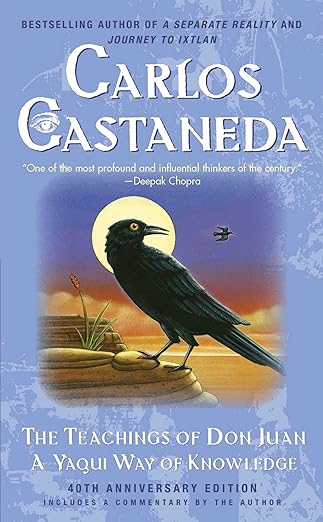Looking for Spinoza: Joy, Sorrow, and the Feeling Brain

🛒 Purchase Options
📝 Description
In "Looking for Spinoza," renowned neuroscientist Antonio Damasio explores the intricate relationship between emotions, feelings, and the brain, drawing insights from the 17th-century philosopher Baruch Spinoza. Damasio argues that emotions like joy and sorrow are fundamental to human consciousness and decision-making, deeply rooted in our biology. The book delves into how the brain processes these feelings and their profound impact on our well-being and social interactions.
💬 Quote Context
And there we go to the important work of the great Antonio Damasio who explored these neurooralates of gratitude to define the areas of the brain that are associated with pro-social behaviors like the prefrontal cortex.
"🎬 The Science of Gratitude & How to Build a Gratitude Practice | Huberman Lab Essentials

🏷️ Categories & Tags
Keywords:
🤖 Why This Product Was Mentioned
"Antonio Damasio is mentioned as a "great" figure whose "important work" explored the "neurocorrelates of gratitude" and defined brain areas associated with "pro-social behaviors." While his most famous book, "Descartes' Error," was explicitly excluded from extraction, the discussion about gratitude, positive feelings, and brain circuits makes "Looking for Spinoza: Joy, Sorrow, and the Feeling Brain" highly relevant. This book directly addresses the neurobiology of emotions like joy and sorrow, which are central to understanding gratitude and its impact on the brain."
🛍️ Similar Products





